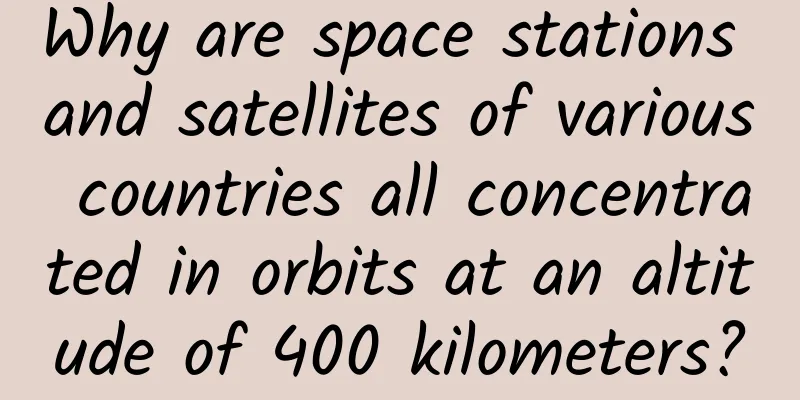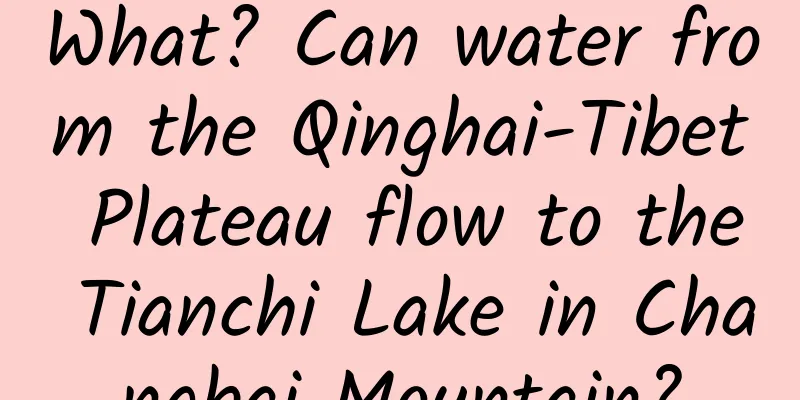Android turns 10: What's left of the original OS?

|
The first commercial version of Android was released on September 24, 2008, exactly ten years ago today. The Android operating system debuted with the HTC Dream, the G1, a legendary phone with a touchscreen and a slide-out keyboard. While Android 1.0 lacked many of the features we now rely on in our daily lives, the OS was still very revolutionary when it first appeared on the G1. But it still had a lot more features than you might think. As part of Android's 10th anniversary event today, we've compiled a few of the original features that still exist on what is now the world's largest and most popular mobile operating system. Although the names may have changed, the following core features of Android have officially been used for ten years! Application Market
What would an Android phone be without an app store? Sure, Android 1.0 came with a ton of basic apps pre-installed, but there were still a lot of apps that weren’t enough. If you wanted to play video files on an Android phone, you needed to download a third-party app because the feature wasn’t baked into Android yet! The Android App Market was where you’d go for all your Android app needs on the HTC Dream. But when the first Android App Market launched, it only had about 13 apps available (all of which were free). Only 13 apps! But once Google opened up the Android App Market to independent developers, that number increased exponentially. By the end of 2008, there were about 200 apps on the Android App Market. In 2012, Google merged the Android App Market with two other products: Google Music and Google eBookstore. The merged name was changed to Google Play, marking the end of the Android App Market. But today, the core functionality of the Google Play Store is still based on the framework of the Android App Market. Synchronization function
Now when you get a new phone, you need to change the SIM card and then synchronize the contacts of the old phone on various domestic apps. This method existed ten years ago, that is, Goole synchronization. In Android 1.0, synchronization applications have been running, such as Google Contacts, Gmail, and Google Calendar. For example, if you add an event to the Google Calendar on your smartphone, the event will eventually be synchronized with your web-based Google Calendar, and you can keep it in sync no matter what system you use. This achieves the connection between mobile phones and computers. Synchronization seems to be a small function, but it is the basis of modern smartphone applications. Drawers and widgets The most critical difference between Android and its competitor iOS, both then and now, is the way users can organize their desktops. You can choose your favorite and frequently used applications to put on the desktop. Although this feature has been removed by most domestic manufacturers, it does not affect this. It is a pioneering feature that allows users to choose. The core content of Android also has the widget function, which allows you to quickly access the core functions of the application without launching the entire program. All of these Android features are still retained today, and have hardly changed in the past decade. Android determined that these features were extraordinary on the first day. notify
Although it may sound silly to include the Notification Center in this, as if every mobile operating system has some type of notification system, let me explain. Smartphones may all have notification systems, but only the Android Notification Center has two functions, one is to be able to apply notifications and the other is to be able to change the system status: The Notification Center is a drop-down status bar, both of which appeared in Android 1.0. We now take these two things together for granted, but until now iOS has separated app notifications and system status changes into two parts. But if Android 1.0 didn't have such a brilliant design back in the day, who knows what kind of notification methods would be on Android today. Looking ahead
Although there are many rumors that Google is going to develop a new operating system to replace Android, maybe every operating system has its lifespan, but Android has been running for ten years now. Maybe everyone will have a lot of complaints. But judging from the market share in the past ten years, Android is still very successful. What features do you think Android will retain in the next 10 years? What features do you hope Android will have? Please discuss in the comments. |
>>: A deep dive into iOS 12's new features: A guide to Shortcuts
Recommend
How to operate Weibo? Sharing of Weibo operation ideas
Recently, many people have asked me how to operat...
Why does your appearance improve so quickly after you put on sunglasses?
Follow "Body Code Decoding Bureau" (pub...
The evolution and thinking of Taobao Native R&D model
The origin and development of DX DX was hatched f...
YouTube video brick-moving money making project, use Xigua video to realize rapid monetization
YouTube video brick-moving money making project, ...
How to layout the information flow landing page? 3 tips to help you retain customers~~
In an information flow advertisement , the role o...
How did the last population of mammoths disappear from the earth?
As a species that "just" became extinct...
Best Practices for Agile Data Operations in Internet Finance—Wang Tong
Wang Tong , Vice President of Sales at Beijing Yo...
Ajun Short Video Operation Course, a systematic course starting from zero basis
Ajun Short Video Operation Course, a systematic c...
A review of extreme weather in 2023! How will the weather evolve in 2024?
As 2023 is coming to an end, I will first review ...
Subvert your cognition! Woodpeckers don't wear "safety helmets" when they hit trees
It's often thought that the spongy bones in w...
vivo official website App modular development solution-ModularDevTool
Note: This tool is developed based on the open so...
Tencent Information Stream and QQ Advertising Double 11 E-commerce Promotion Red Book
The annual Double Eleven promotion is approaching...
After Android, Google's future is to add artificial intelligence to everything
[[166621]] Google's annual developer conferen...
Google Chrome for Android gets two-factor authentication
[[415122]] In order to reduce the risk of Interne...
Analysis of Xigua Video's Competitive Products
In early 2021, Xigua Video anchored mid-length vi...

![[Issue 16] Random Talk: Scientist from Zhejiang Province - Xu Shoubo: A pioneer throughout his life](/upload/images/67f22815971de.webp)






![[Practical Information] The latest Android app market [Special Application] is open for registration for a limited time, so grab it now!](/upload/images/67cc3f1f8674e.webp)
